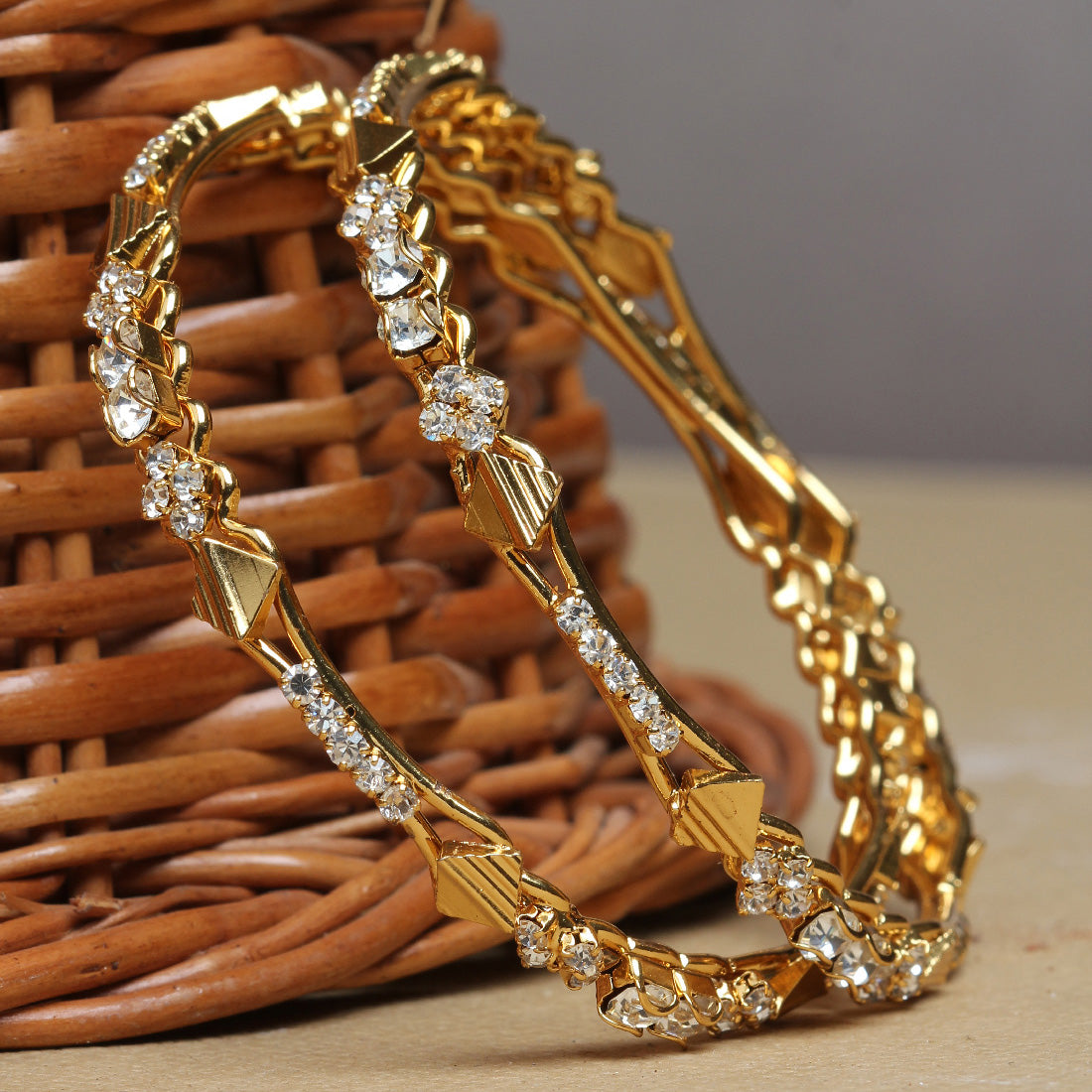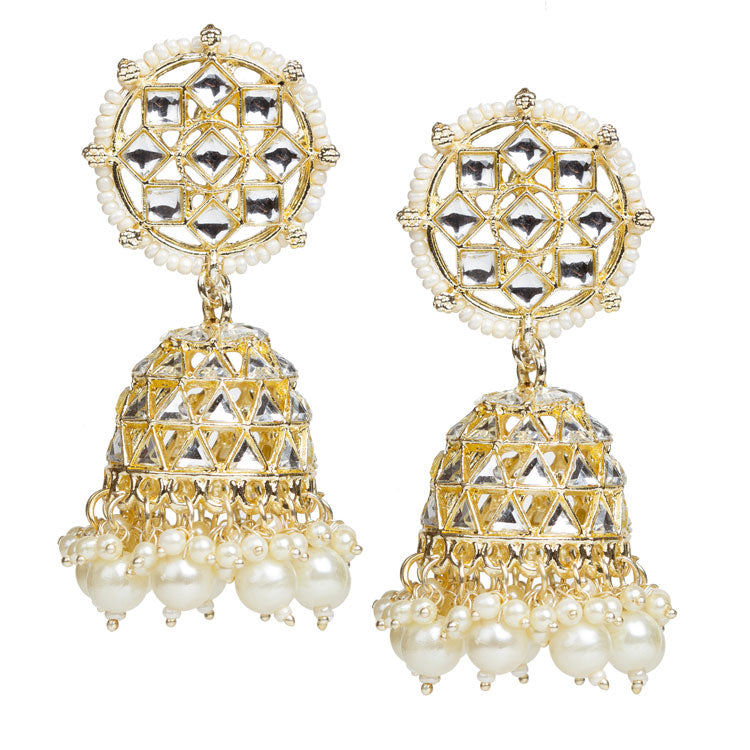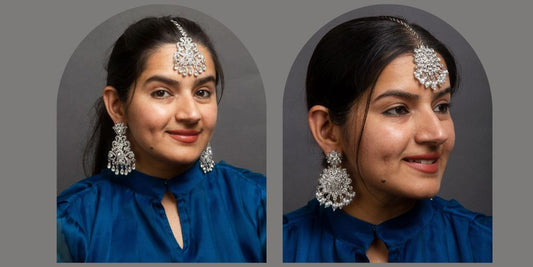
Uncovering the Fascinating History of Afghani Jewellery
Share
Afghani jewellery is renowned for its exquisite craftsmanship and rich cultural heritage. Each piece tells a story, reflecting the traditions and history of the Afghan people. In this blog post, we will delve into the fascinating history of Afghani jewellery, exploring its origins, symbolism, and enduring appeal.
What is the origin of Afghani jewellery?
Afghani jewellery has a long and storied history, dating back thousands of years. It is believed to have originated during the Bronze Age, with evidence of early jewellery found in archaeological sites across Afghanistan. The region's strategic location along the Silk Road facilitated the exchange of ideas, materials, and techniques, leading to the development of unique jewellery styles.
What are the key characteristics of artificial Afghani jewellery?
Afghani jewellery is characterized by its intricate designs, vibrant colors, and use of semi-precious metals and gem like stones. Traditional Afghan jewellery often features filigree work, where delicate metal wires are twisted and soldered together to create intricate patterns. The use of vibrant gemstones, such as lapis lazuli, turquoise, and carnelian, adds a pop of color to the pieces.
What is the symbolism behind Afghani jewellery?
Afghani jewellery is deeply rooted in symbolism, with each piece carrying its own meaning. For example, the use of lapis lazuli, a deep blue stone, symbolizes protection and good fortune. Turquoise, with its striking blue-green hue, is believed to bring luck and ward off evil spirits. The intricate filigree patterns often represent unity, as the individual wires come together to create a harmonious whole.
How has Afghani jewellery evolved over time?
Over the centuries, Afghani jewellery has evolved, influenced by various cultures and historical events. The invasion of Afghanistan by the Mongols in the 13th century introduced new design elements, such as floral motifs and enamel work. The Mughal Empire's rule in the 16th century brought a fusion of Persian and Indian styles, resulting in the incorporation of more intricate gemstone settings and enameling techniques.
Why is Afghani jewellery still popular today?
Afghani jewellery continues to captivate people around the world due to its timeless beauty and cultural significance. The craftsmanship and attention to detail exhibited in each piece are highly regarded. Additionally, the use of natural gemstones and traditional techniques appeals to those seeking unique and authentic jewellery.
Furthermore, Afghani jewellery serves as a tangible link to Afghanistan's rich history and cultural heritage. By wearing Afghani jewellery, individuals can connect with the traditions and stories of the Afghan people, fostering a sense of appreciation and understanding.
In conclusion, Afghani jewellery is more than just adornment; it is a testament to the rich history and cultural heritage of Afghanistan. From its ancient origins to its enduring appeal, Afghani jewellery continues to captivate and inspire. Whether you are drawn to the intricate filigree work or the vibrant gemstones, each piece tells a story, allowing you to carry a piece of Afghan history with you.








